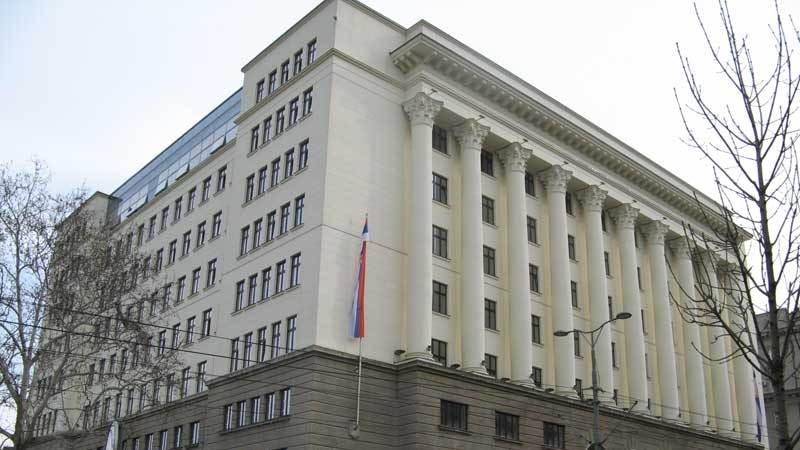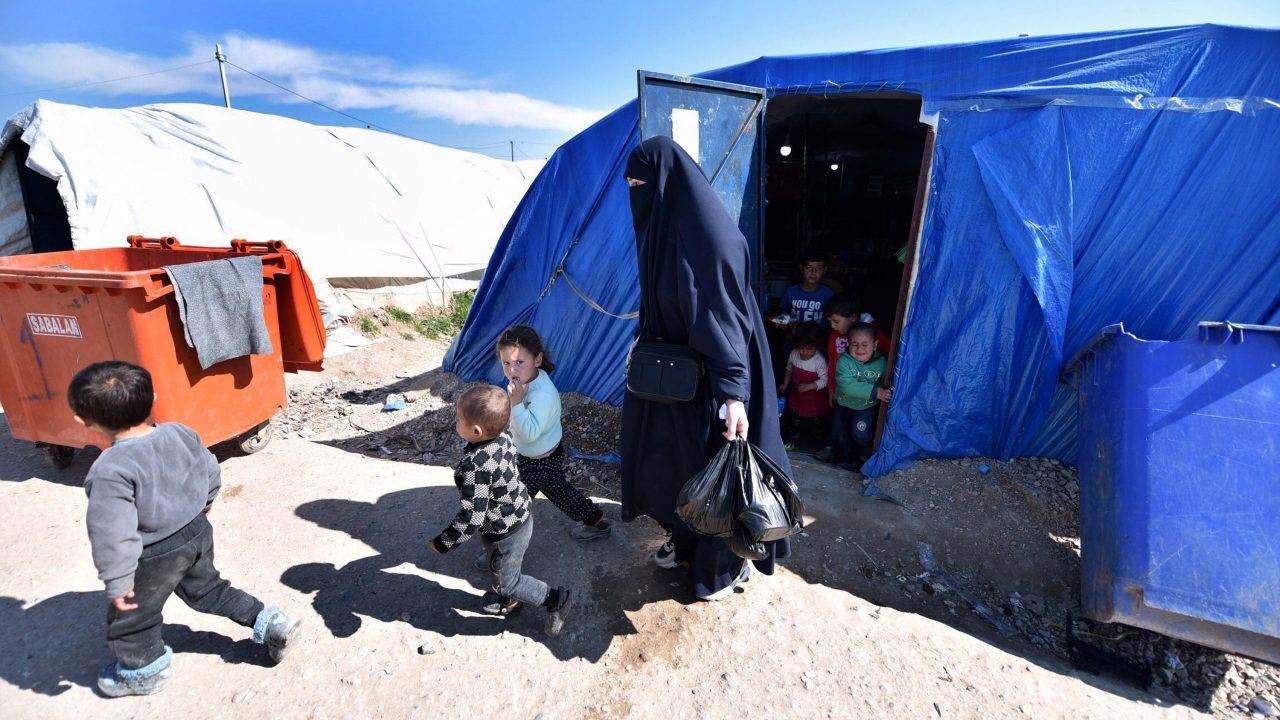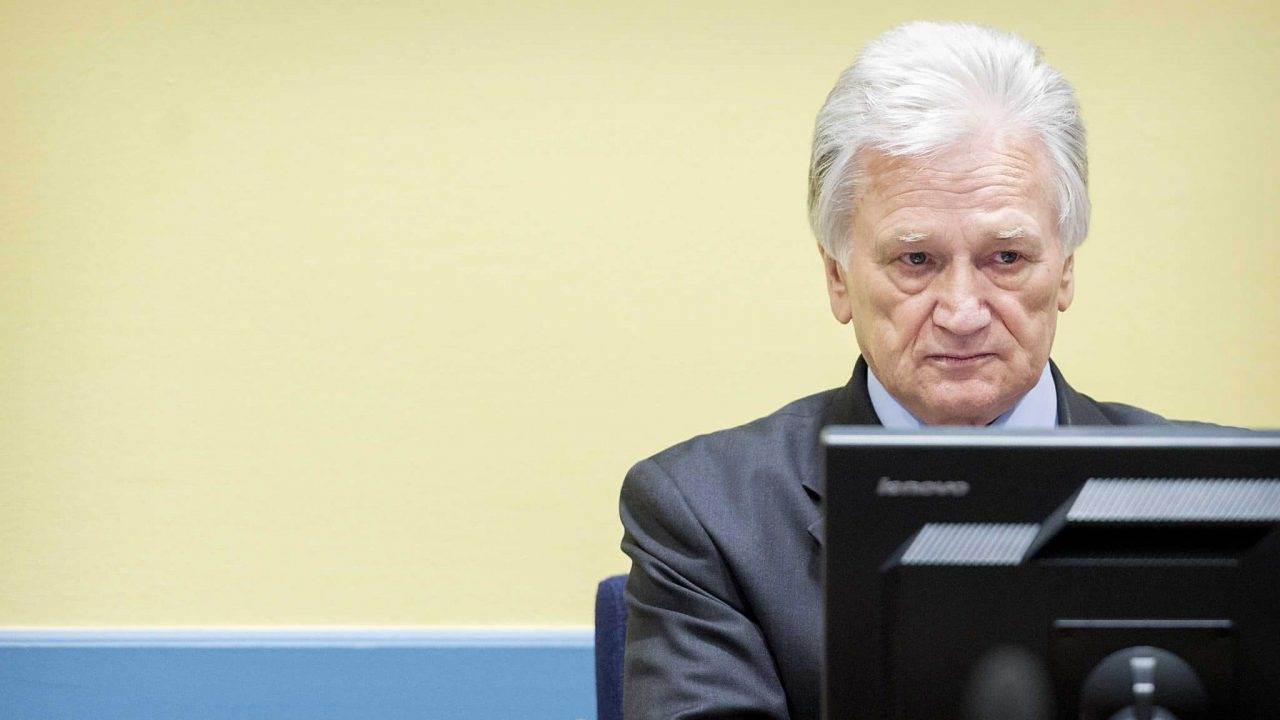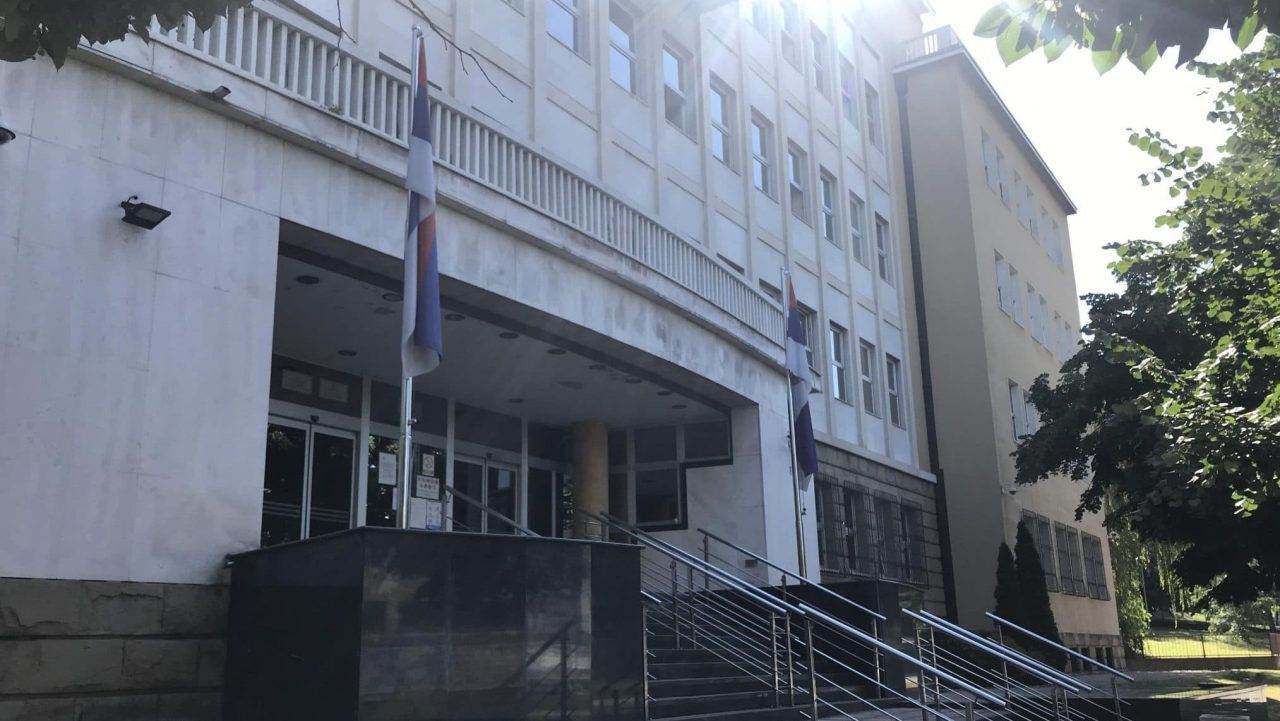A court in the Serbian capital delivered a final verdict sentencing ex-soldier Milan Dragisic to five years in prison for killing one civilian and attempting to kill two others in...
Former Bosnian Serb fighter Zeljko Budimir was jailed for two years after a retrial in Belgrade for assaulting and robbing a Bosniak civilian in Bosnia’s Kljuc municipality during wartime in...
Since the fall of the Islamic State ‘caliphate’, piecemeal efforts by Balkan states to repatriate their nationals from refugee camps in Syria means more than 100 children are still living...
A BIRN investigation reveals serious holes in content policing by Facebook and Twitter in the Balkans.
Belgrade Higher Court agreed that a Bosnian Serb ex-policeman accused of involvement in killing 1,313 Bosniaks from Srebrenica in 1995 can no longer stand trial alongside his seven co-defendants because...
The former chief of the general staff of the Yugoslav Army, Momcilo Perisic, was convicted of espionage for handing military document to a US diplomat in 2002 and sentenced to...
Husein Mujanovic, who was sentenced to ten years in jail for beating Serb prisoners at a Bosnian Army-run military prison in Hrasnica near Sarajevo during wartime, appealed for an acquittal...
A Belgrade court sentenced former Bosnian Serb reservist policeman Milorad Jovanovic to nine years in prison for torturing civilian detainees at a museum in the Sanski Most area of Bosnia...
In the last two years, 30 per cent of court hearings in war crimes trials in Serbia have been postponed, raising concerns about the country’s commitment to the rule of...





